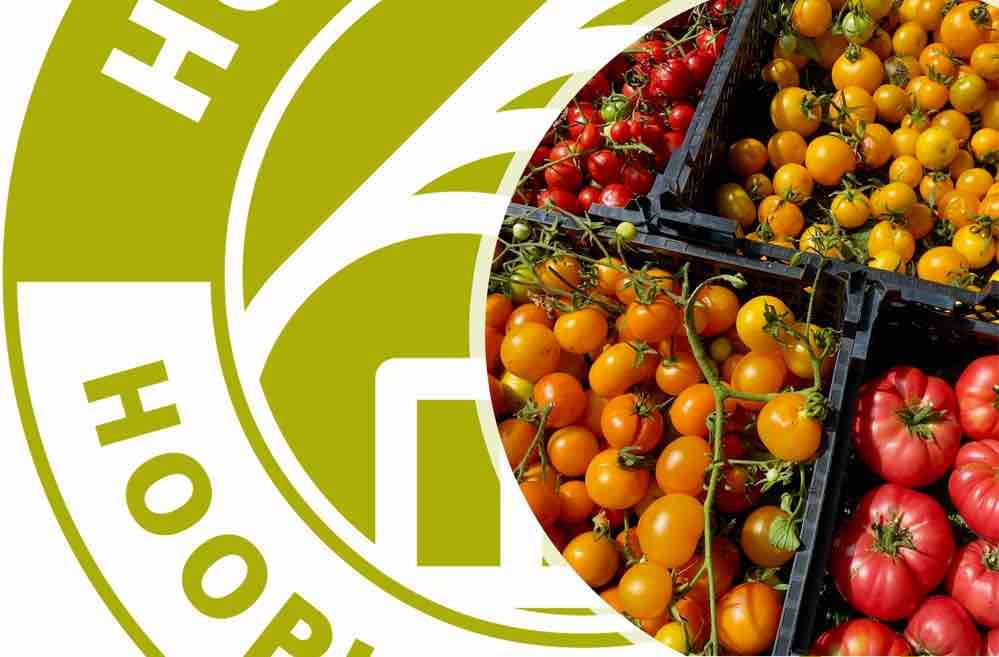
Choosing the Right Tomato Seeds in the UK - Just One Point of View
Growing tomatoes in the UK presents unique challenges—shorter summers, variable rainfall, and cooler temperatures. Selecting the right tomato variety can make the difference between a bumper harvest and a disappointing yield.

Horticultural Short Courses and Workshops
Upcoming HOOP HOUSE horticultural short courses and workshops are being discussed currently; possible themes for upcoming gardening courses and workshops in Llanwrtyd Wells, Powys in Mid-Wales - near Llandovery, Llandrindod Wells, Builth Wells, Brecon, Tregaron, Rhayader and Lampeter.
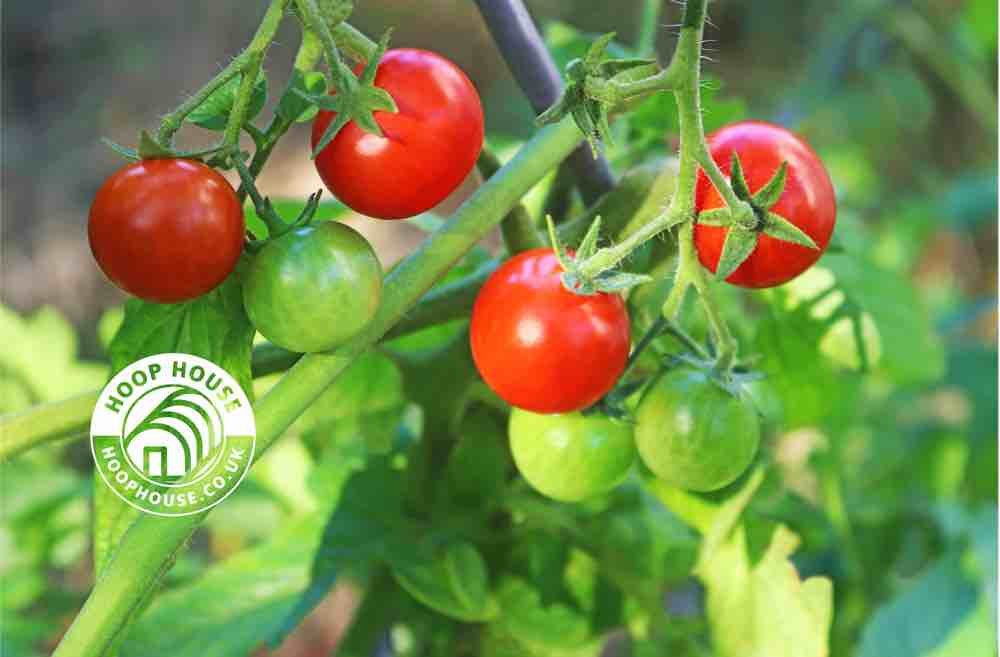
No Dig Myths / No Dig Gardening Myths
The no-dig gardening method is becoming increasingly popular, but it is surrounded by myths that can lead to confusion.

What are the Plastic Covering Options for a Hoop House?
When building a hoop house, choosing the right plastic covering is essential for creating a suitable environment for your plants.

Natural Fungicides for Tomato Plants
Natural fungicides can be highly effective in managing fungal diseases on tomatoes while being safer for the environment and human health. Common fungal diseases affecting tomatoes include blight, powdery mildew, and anthracnose.
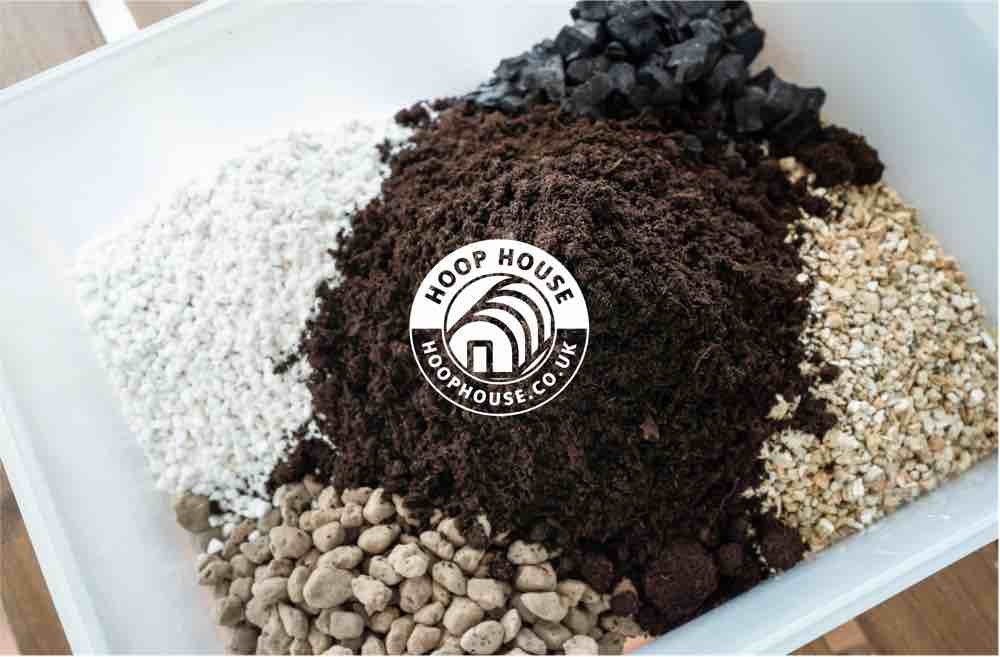
What is the Difference Between Perlite and Vermiculite?
Perlite and vermiculite are both lightweight, natural materials commonly used to improve soil aeration and drainage in gardening, but they have distinct properties and serve different purposes in plant care.

What is an F1 Tomato?
An F1 tomato is a hybrid that combines specific desirable traits from two different parent plants, resulting in a plant with enhanced vigor, uniformity, and disease resistance. However, the seeds from an F1 hybrid cannot be saved for consistent future crops, making them a popular but less sustainable option compared to open-pollinated varieties like heirlooms / heritage.

Kaizen - Continuous Improvement
Kaizen is a Japanese philosophy and practice of continuous improvement, widely known in business and manufacturing but applicable to personal development, agriculture, education, and daily life.

What is the Difference Between Heirloom Tomatoes and Heritage Tomatoes?
The terms heirloom and heritage tomatoes are often used interchangeably, but they have slightly different connotations, particularly in how they're commonly used.

Farming Innovation for Tomatoes
Innovations in tomato farming have emerged to address challenges related to sustainability, yield, and efficiency. These technologies and practices combine advanced farming techniques with modern agricultural science to enhance the production of tomatoes, often with a focus on reducing environmental impact and maximizing output.

The Hoop House UK - Sun Protection for Tomato Plants
To protect plants from excessive sun and heat inside a polytunnel / hoop house you can use a variety of methods such as installing shade cloth, applying whitewash, improving ventilation, mulching, and using drip irrigation. The goal is to balance the amount of sunlight entering the tunnel while preventing overheating, ensuring your plants thrive under optimal conditions. By using these techniques, you can create a controlled environment where plants get the sunlight they need without being damaged by excess heat.

UV Light - Hoop House / Poly Tunnel
The amount of UV light that passes through a polytunnel depends largely on the type and quality of the plastic cover used. Polytunnels, also known as hoop houses, are typically covered with polyethylene film or other types of plastic sheeting, which can either block or allow certain wavelengths of light, including ultraviolet (UV) light, to pass through.

Fungicides
Fungicides are essential tools in modern agriculture for controlling plant diseases and ensuring crop productivity. However, the growing awareness of their environmental impact and the rise of fungicide resistance has driven innovation in developing more sustainable, biological, and integrated approaches to plant protection.

Different Types of Hydroponics
Choosing the right hydroponic system depends on factors such as the types of plants you want to grow, your budget, available space, and maintenance capacity. Each system has its unique advantages and challenges, so understanding these can help you select the most suitable one for your needs. Hydroponics offers a sustainable and efficient way to grow plants, making it an increasingly popular choice for gardeners and commercial growers alike.

What is the Difference Between a Hoop House and a Greenhouse
Both hoop houses and greenhouses provide valuable benefits for gardeners and farmers, but they serve different purposes and come with distinct features. Hoop houses are ideal for those looking for a cost-effective, flexible solution to extend the growing season, while greenhouses are better suited for those seeking a permanent, controlled environment for year-round cultivation. Your choice between the two will depend on your specific needs, budget, and gardening goals.

No Dig
No-dig gardening is an effective and sustainable method that benefits both the gardener and the environment. By reducing soil disturbance and building rich, fertile soil through the addition of organic matter, this approach promotes healthy plant growth and minimizes labor. Whether you are a novice or experienced gardener, adopting no-dig principles can lead to a productive and enjoyable gardening experience.

Tomato Plants: What is the Difference Between Hybridisation and Genetic Modification?
Hybridisation and Genetic Modification are two different methods of altering plants, but they differ significantly in how they achieve these changes.
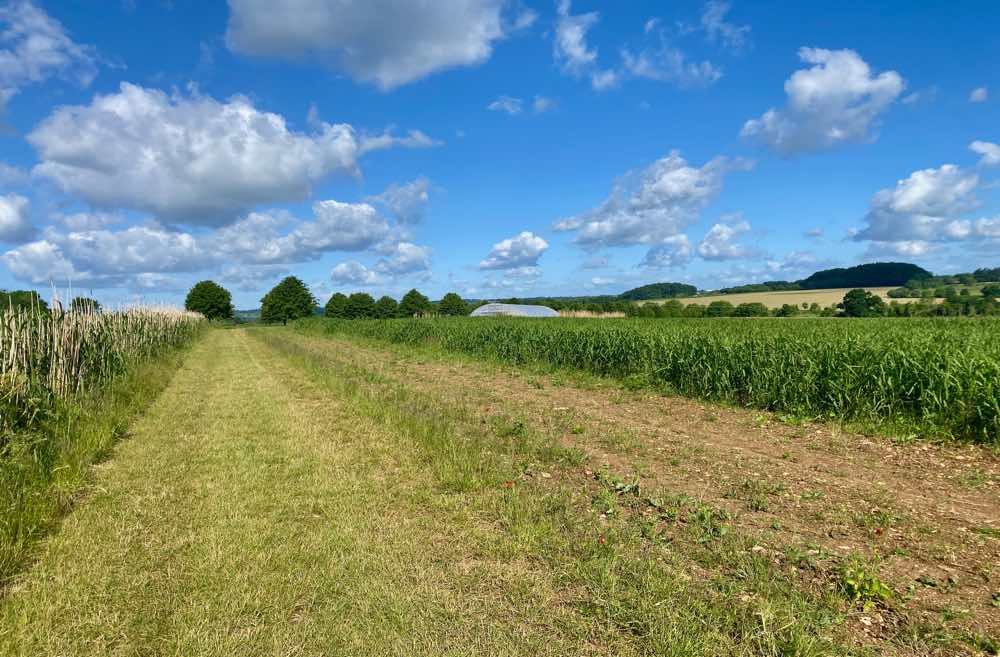
Beautiful Wiltshire UK Countryside
Wiltshire Countryside - traverse off the beaten track and find some of the most beautiful countryside. Like a lot of British countryside, Wiltshire has an abundance of beauty if you follow many of the designated footpaths.
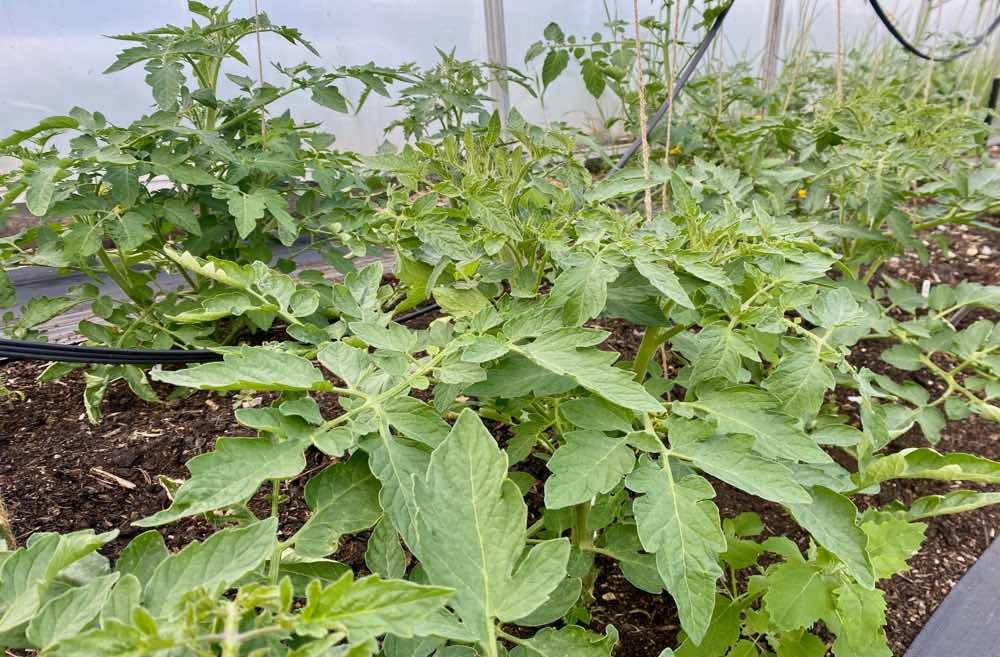
Heirloom Tomatoes / Heritage Tomatoes UK
Heirloom tomatoes / heritage tomatoes growing in the UK - some of the challenges and opportunities. Sizes, colours, flavours and growing behaviours as well as gardening methods to optimise fruits.

Mini Hoop House Experimentation
Experimenting with mini hoop houses / cold frame; made from wooden battens, 15mm plastic water pipe and poly cover.
